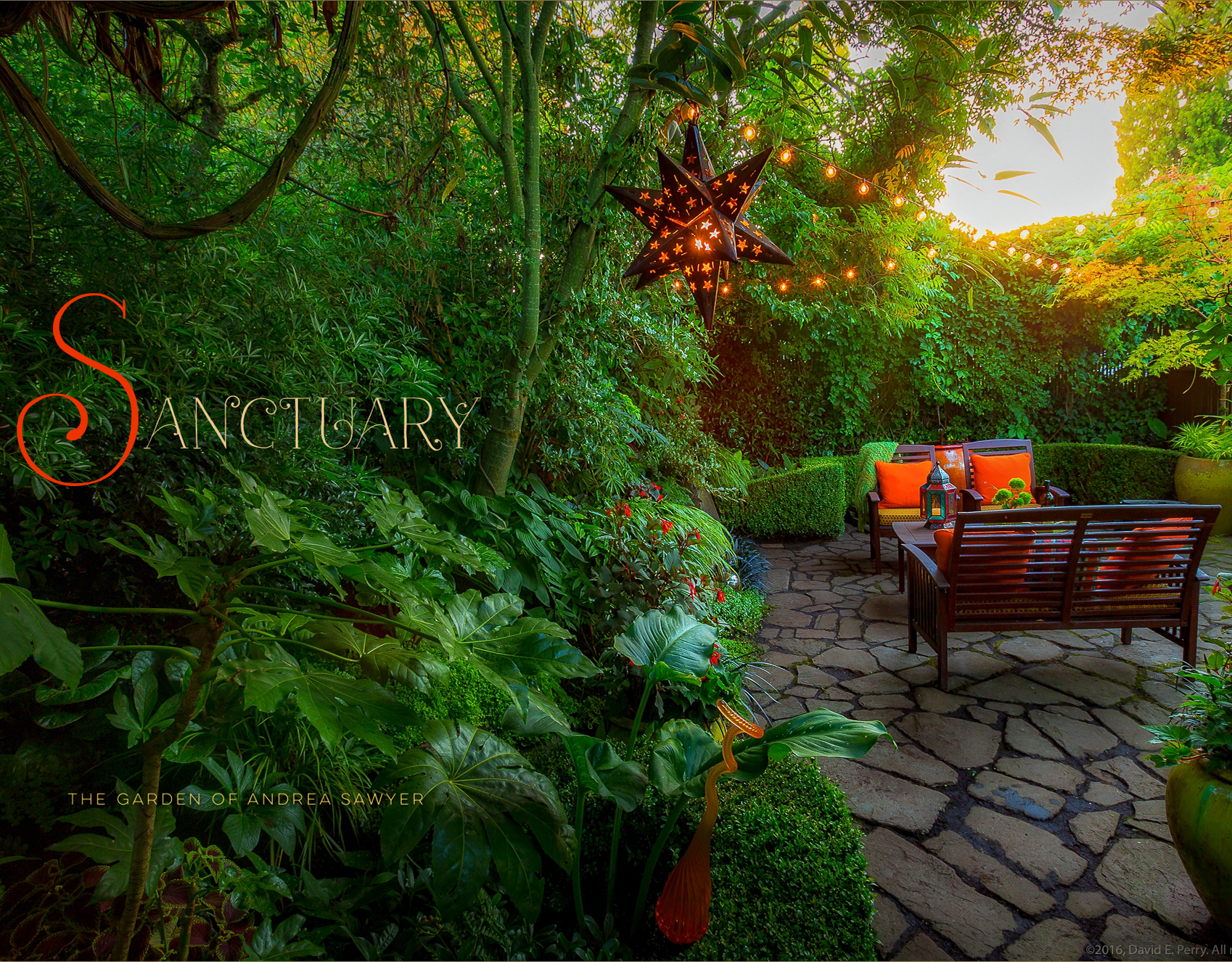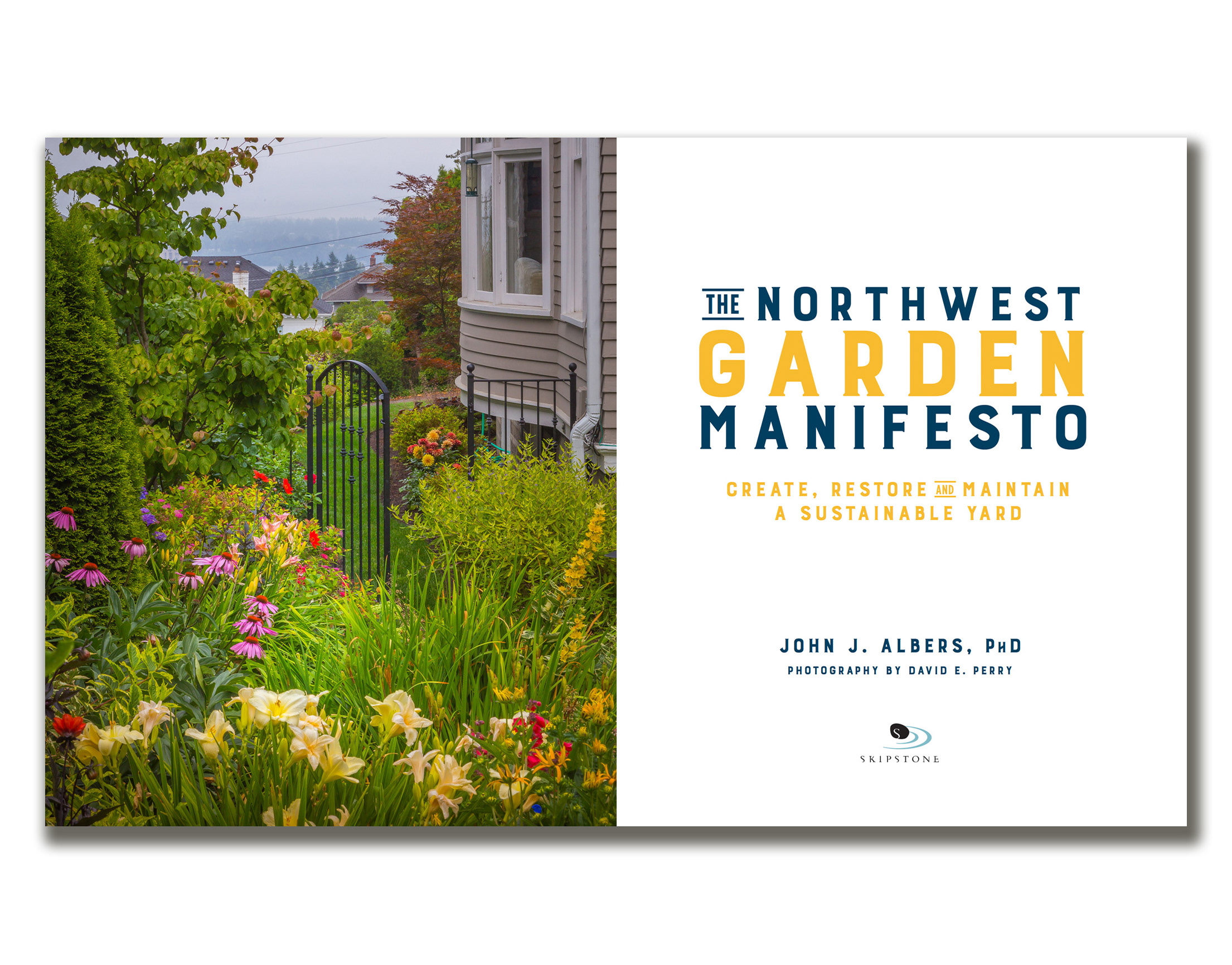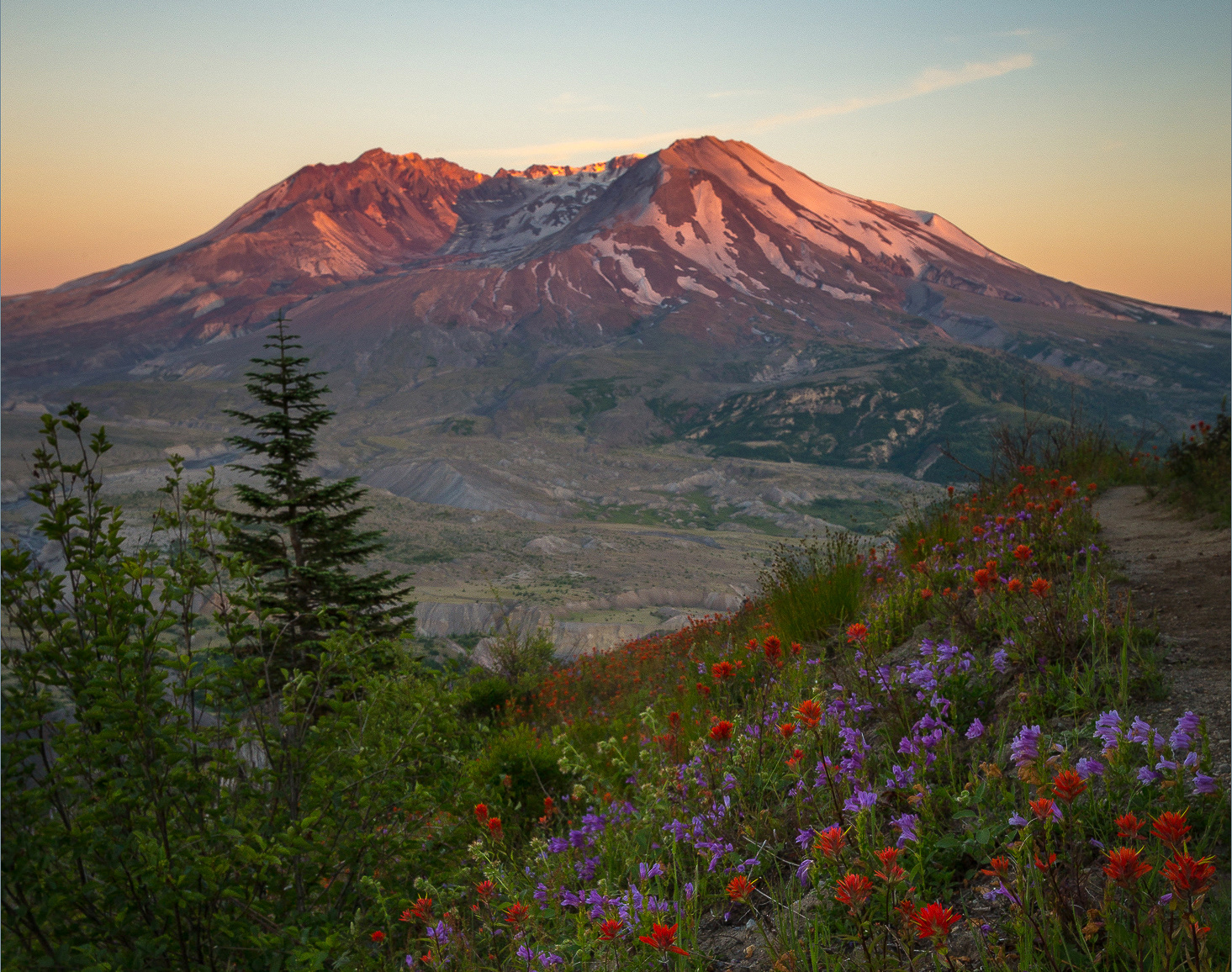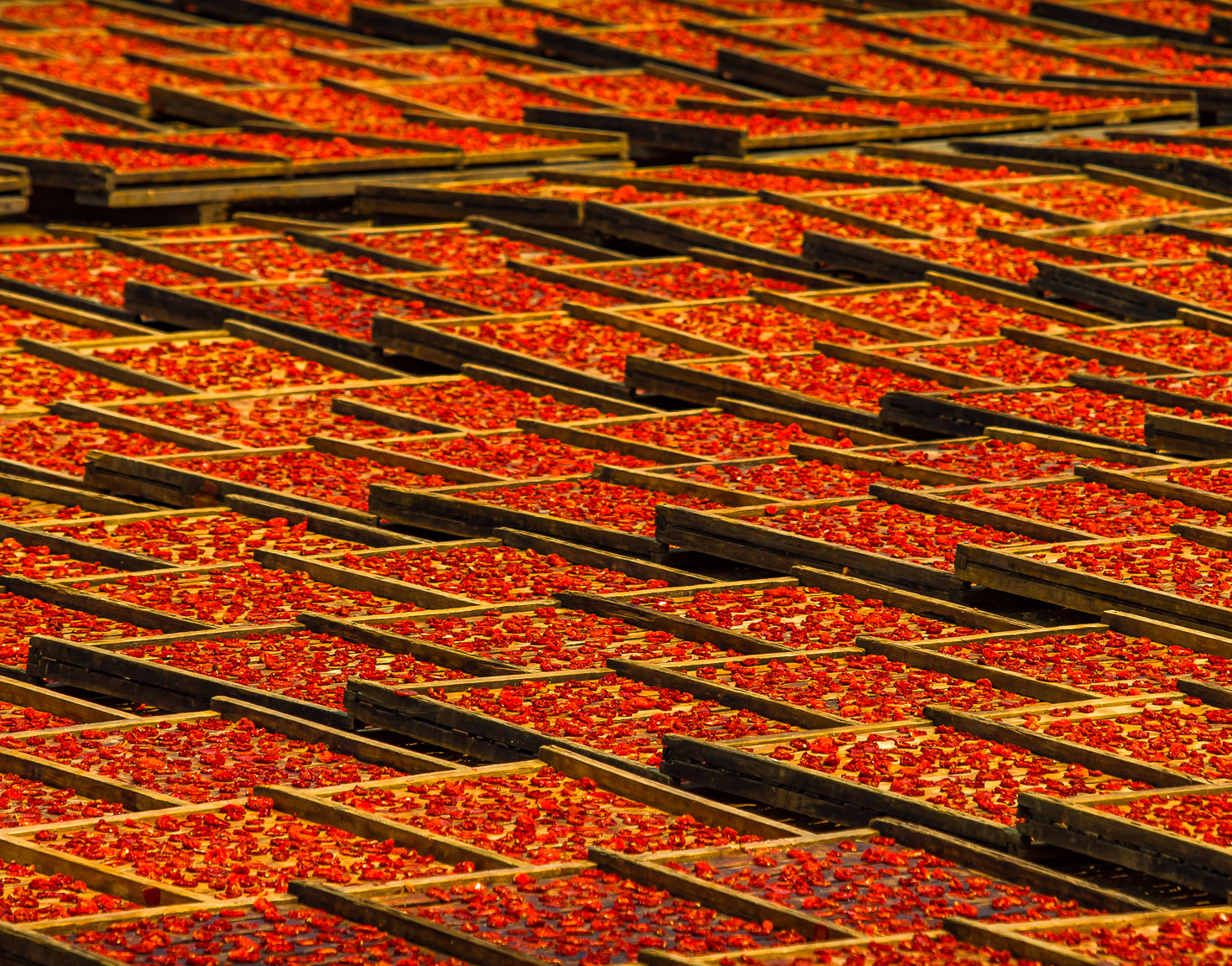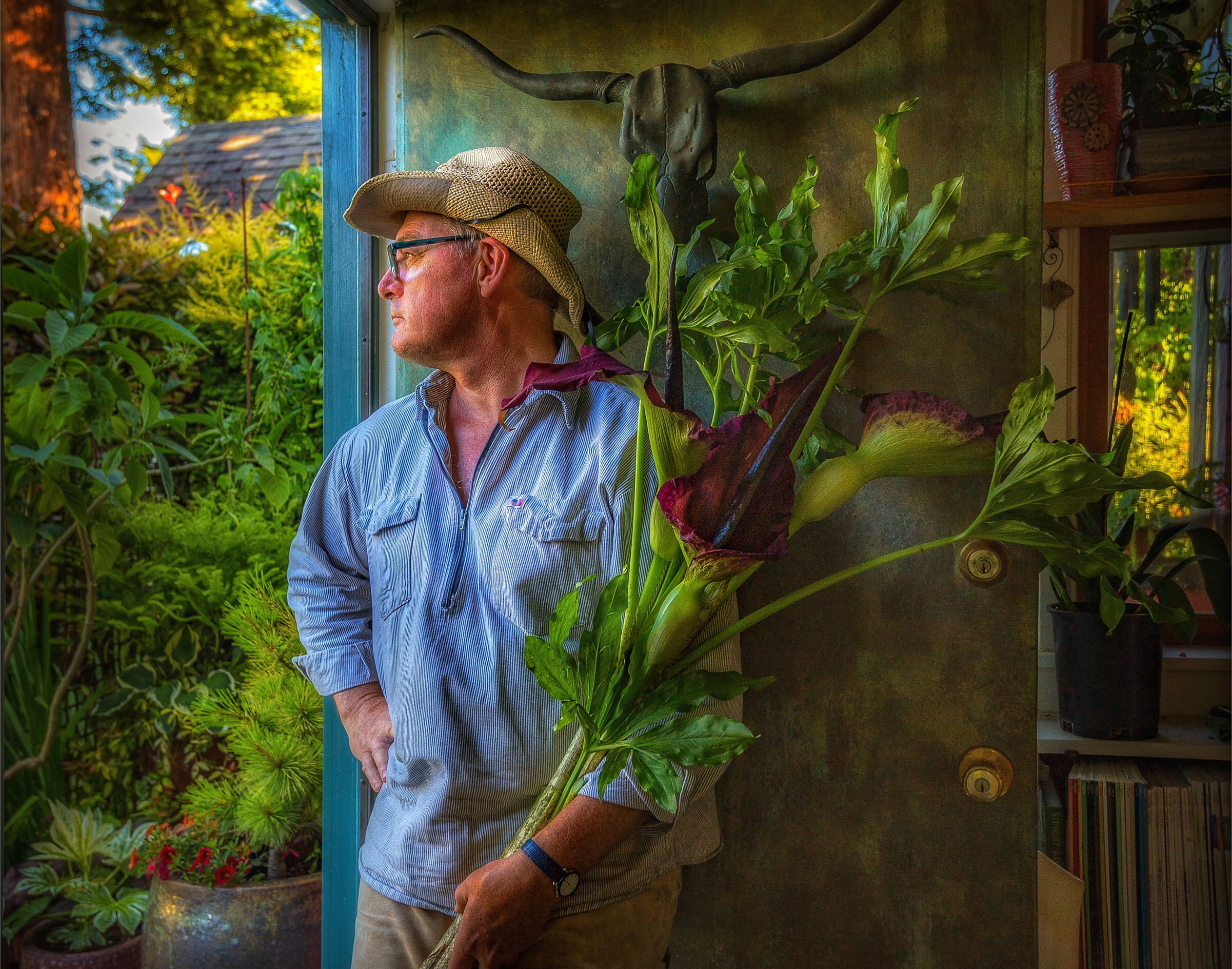Praise for Growing Conifers:
In a world often devoid of beauty and landscapes lacking imagination, tools to correct the drab status-quo are always enthusiastically welcome. David’s photography is artistry to the point of motivation and John’s prose, based on decades of experience, is much more than sufficient to guide the home gardener to success, both in terms of plant selection and plant husbandry. Growing Conifers is a welcome addition to the bookshelf of any plant enthusiast and a must-add to the arsenal of those specializing in these captivating and collectable cone-bearing plants.
—David Olszyk, president, American Conifer Society
Growing Conifers is a work of love for the subject matter, reflecting a lifetime of devotion and a deep appreciation for the role of evergreens in our natural world. I am tempted to say that it’s all here – that you will never need another book on this subject. It answers all questions including many that the reader would not think to ask. You owe it to yourself to wade into Growing Conifers with purpose and with time on your hands. It is thorough and passionately written and gorgeously illustrated. I will read it again and again and make it a centerpiece of my modern gardening library. I will turn the pages, slowly, in search of inspiration for my own garden. Like the best cup of coffee or finest wine you have ever tasted, Growing Conifers is not to be rushed. That would be a waste of a most incredible book.
—Mark Cullen, garden columnist, Toronto Star, member, Order of Canada, author, The New Canadian Garden
This is a wonderful, fantastic, encyclopedic book, worth owning for the information presented alone. Oh, but Albers writes like a poet and OMG, Perry’s are not photos, but stunning photography! What an unusual and extremely winning combo.
—Jeff Lowenfels, author, DIY Autoflowering Cannabis
Growing Conifers is a jewel of a book. Dr. John Albers invites the reader to take responsibility for greening and enriching the urban landscape by planting conifers. He includes everything a gardener needs to know, from planning a garden and choosing the right conifers, to planting, care and maintenance, and propagation. The book has depth, the photos are spectacular, the facts are scientifically accurate, and the charts help the reader find the right conifers for their area of the country. This is a must-have for any gardener’s bookshelf.
—Brent Marcus, owner, Conifer Kingdom
This might be the most practical and handy book I’ve ever read on gardening with conifers. Being from the eastern Great Plains, I’ve always felt like we have few options, especially when it comes to sustainability, resilience, and wildlife habitat. Growing Conifers is written so gracefully and matter-of-factly that I feel empowered to try my hand at this almost mythical group of plants.
—Benjamin Vogt, prairie-inspired garden design, author, A New Garden Ethic
Growing Conifers contains an unbelievable amount of information for the reader. John goes into all parts of cultivation about conifers and their use in the landscape. It is an invaluable resource for the novice while also containing a wealth of information for the expert. It cannot go into detail on any one topic, yet it provides a firm foundation for anyone wanting to explore any one aspect of the conifer world in greater depth. It should be a part of the library of anyone working with conifers.
—Robert Fincham,co-founder, the American Conifer Society, author of five books on growing conifers
This well-considered introduction to conifers as an important element of our ecosystems and gardens is brought to life with superb photography illustrating every key element of the text, from beautiful images of conifers in their native habitats and the taxonomic identification of cones, needles, and foliage, to garden plants, and design considerations. The author shares his 30 years of gardening with, and caring for, conifers as he learned to relish the shapes, textures, colors, and design possibilities that should allow conifers to be considered as the backbone of climate adapted gardens of the future.
—Saxon Holt, Saxon Holt photography, co-author, Plants and Landscapes for Summer-Dry Climates
One of the most misunderstood aspects of garden design is the proper use of conifers. They provide strong bones to any garden and Growing Conifers provides the key information needed to select the best plants for your garden. This book not only provides fantastic photographs to help you visualize how they will fit into your space, but it also provides all the information you need to properly plant and care for the new stars in your garden. After reading this book you may just decide to create a garden dedicated to only conifers.
—Robert Pavlis, author, Soil Science for Gardeners and Building Natural Ponds
A rare and unusual combination of a superb gardener as author and a renowned photographer make Growing Conifers a one-of-a-kind book. The detailed descriptions of the many kinds of conifers, along with the excellent advice from John Albers, a long-term gardener, is superb. John has grown and cultivated most of these plants for years. The excellent photography of David Perry adds much clarity to the publication. It is a beautifully written and illustrated publication.
—John Wott, Director Emeritus, UW Botanic Gardens
Evergreen your landscape with the beauty and benefits of conifers
Growing Conifers is a beautifully photographed, comprehensive gardening guide for selecting and cultivating conifers.
Coverage includes: conifer taxonomy, classification, and geographic distribution, selecting conifers for size, shape, color, and texture, best practices for placement and planting of trees, shrubs, and groundcovers in urban and rural gardens, growing needs and low-input maintenance, building healthy soil, minimizing water stress, and integrated pest management, benefits of conifers including habitat, water and air quality, carbon sequestration, aesthetics, and food. Conifers are often overlooked in gardening and landscaping in favor of deciduous trees and shrubs. Yet conifers come in a wide variety of shapes, sizes, and colors and offer tremendous aesthetic and ecological benefits for any garden. Growing Conifers is an essential, comprehensive resource for gardeners and landscape professionals looking to develop beautiful, sustainable landscapes.
Available for pre-order now. Available everywhere, May 18.

